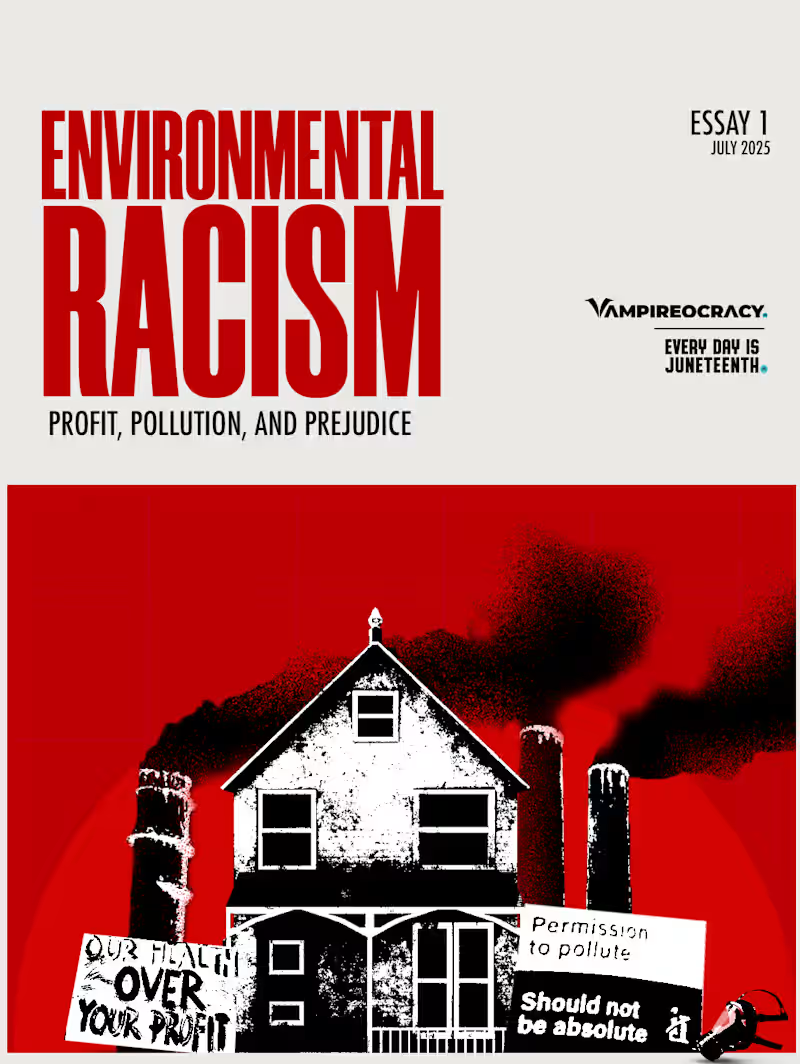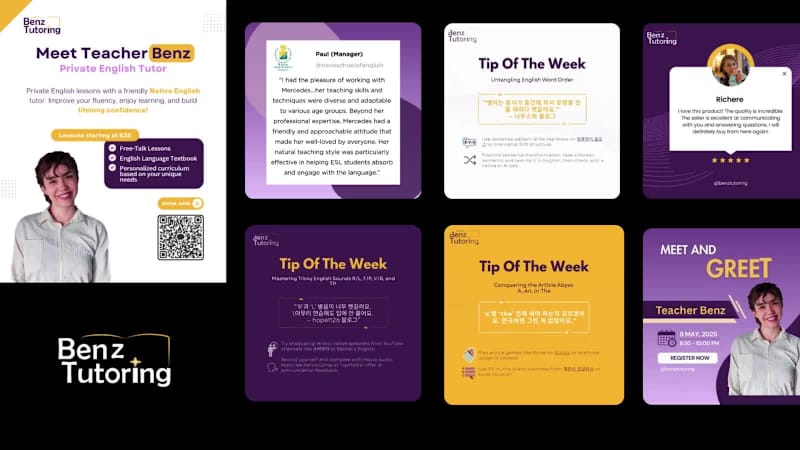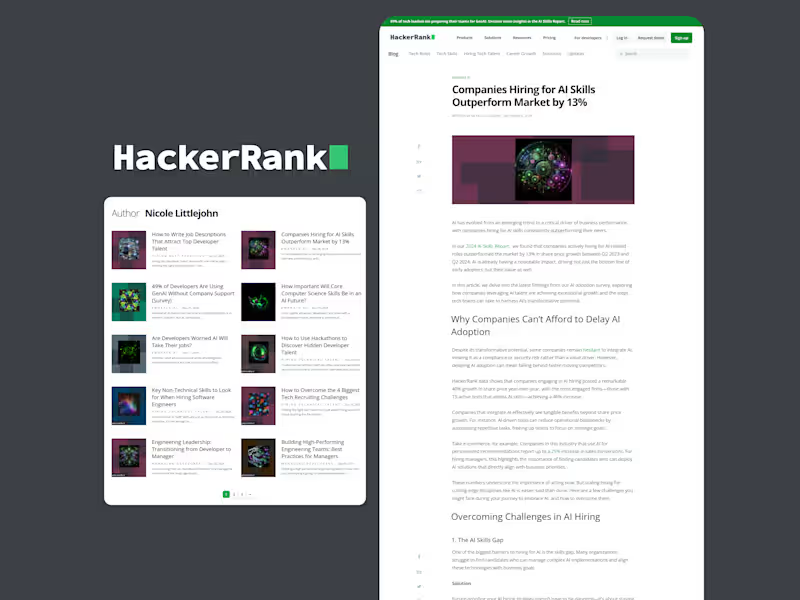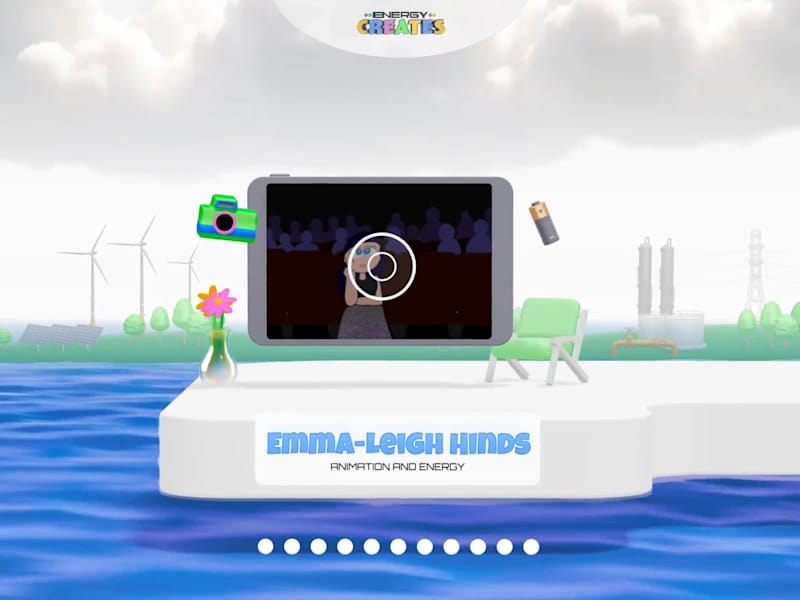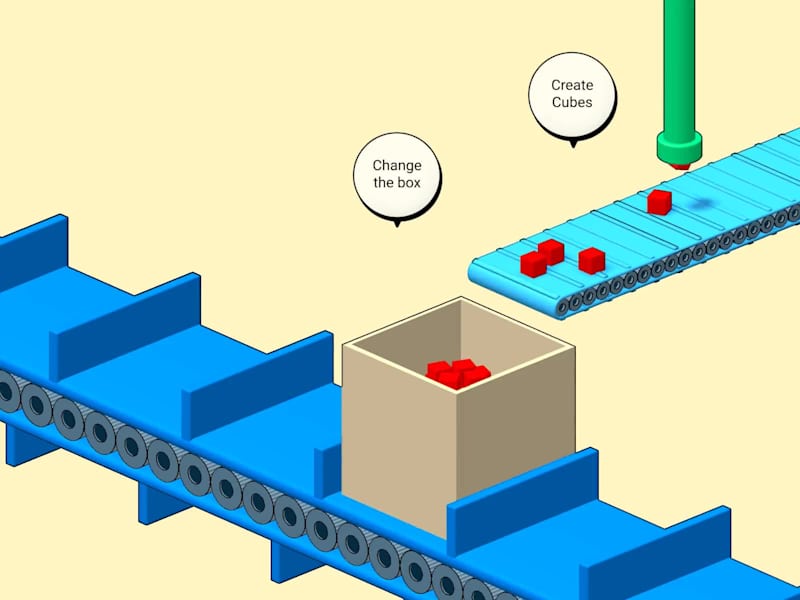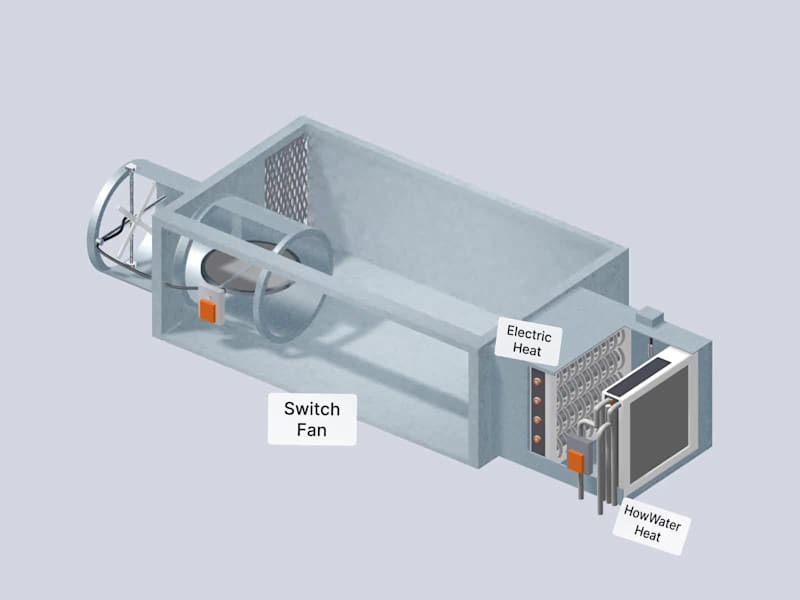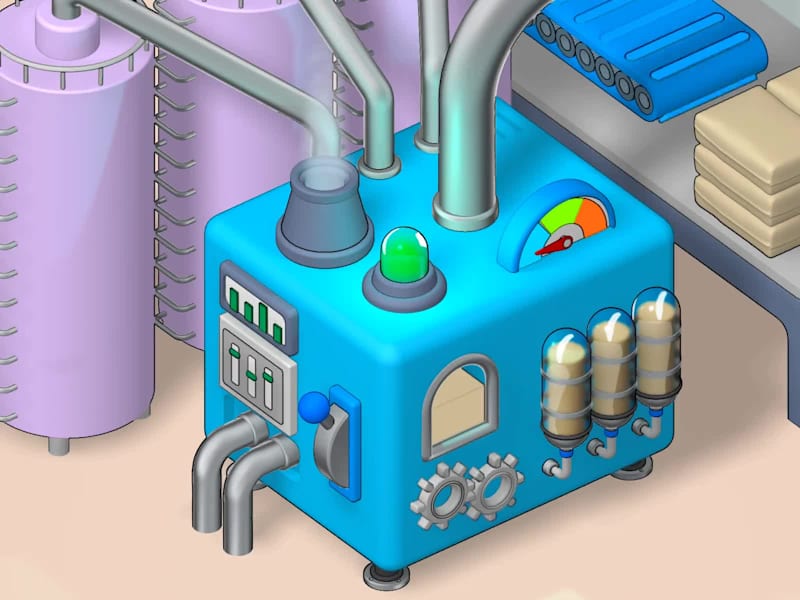How can I define my project's proofreading needs clearly?
Start by making a list of what you want your proofreader to check. This might include grammar, spelling, punctuation, and style consistency. Think about the type of document you have, like a book or a blog post. Be sure to include any special rules or guidelines your project needs. Clear guidelines help proofreaders understand what you expect.
What should I include in the project description when hiring a proofreader?
Include the type and length of the document that needs proofreading. Explain the project’s purpose so the proofreader understands the target audience. Provide deadlines and let them know if you need them to check for anything special, like specific style guides or technical terms. A detailed description helps proofreaders decide if they can help you succeed.
How can I determine the best timeline for a proofreading project?
First, consider your overall project deadline and work backwards to give enough time for proofreading. Think about how long the document is and the complexity of its content. Ask for input on the timeline from experienced proofreaders to set realistic expectations. Balancing urgency with quality is crucial for a successful project.
What's the best way to communicate with a proofreader during the project?
Choose a communication method that is convenient for both you and the proofreader. This can be email or scheduled video calls. Be clear about how often you expect updates on the project's progress. Good communication helps ensure that everyone is on the same page and that the project's needs are being met.
How do I share the document with the proofreader securely?
Use a platform that offers secure file sharing or encryption to keep your document safe. You can also use link-sharing services with password protection for added security. Make sure the proofreader has the access they need without risking data privacy. Secure sharing protects your content and builds trust.
How can I ensure the proofreader understands my style preferences?
If you have a style guide, share it with the proofreader. If not, give examples of documents that match your preferred style. Discuss any particular tone or voice you want your documents to maintain. Clarifying these preferences helps proofreaders maintain consistency across your project.
What should I do to ensure both parties agree on deliverables?
Write down a list of deliverables and share it with the proofreader before starting. This should include specific tasks like checking grammar, spelling, or layout. Agree on the format in which you'd like the final proofread documents to be delivered. Having a shared understanding of the deliverables reduces misunderstandings.
How can I make sure the project starts smoothly?
Set small initial tasks to ensure the proofreader understands your needs. Provide all necessary documents and access in advance. Have an initial kickoff meeting to discuss the project and answer any questions they might have. These steps lay the groundwork for a successful collaboration.
Who is Contra for?
Contra is designed for both freelancers (referred to as "independents") and clients. Freelancers can showcase their work, connect with clients, and manage projects commission-free. Clients can discover and hire top freelance talent for their projects.
What is the vision of Contra?
Contra aims to revolutionize the world of work by providing an all-in-one platform that empowers freelancers and clients to connect and collaborate seamlessly, eliminating traditional barriers and commission fees.















































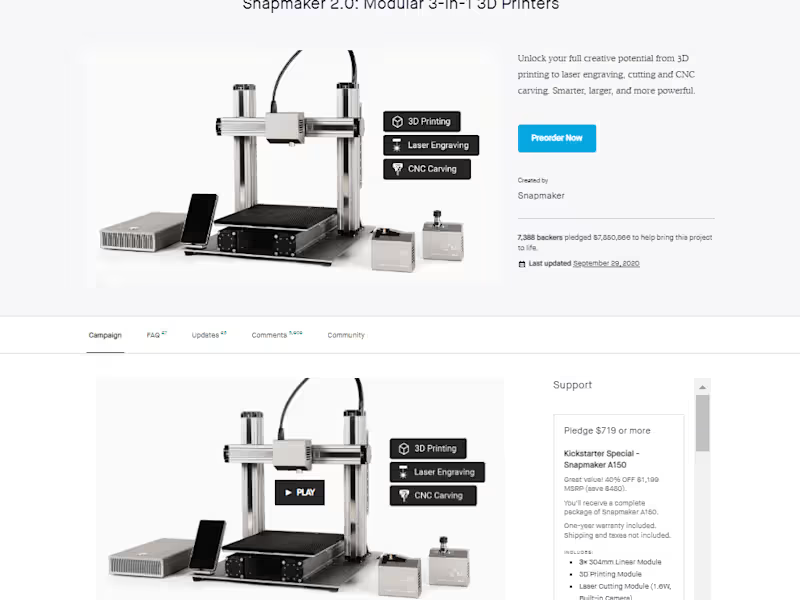

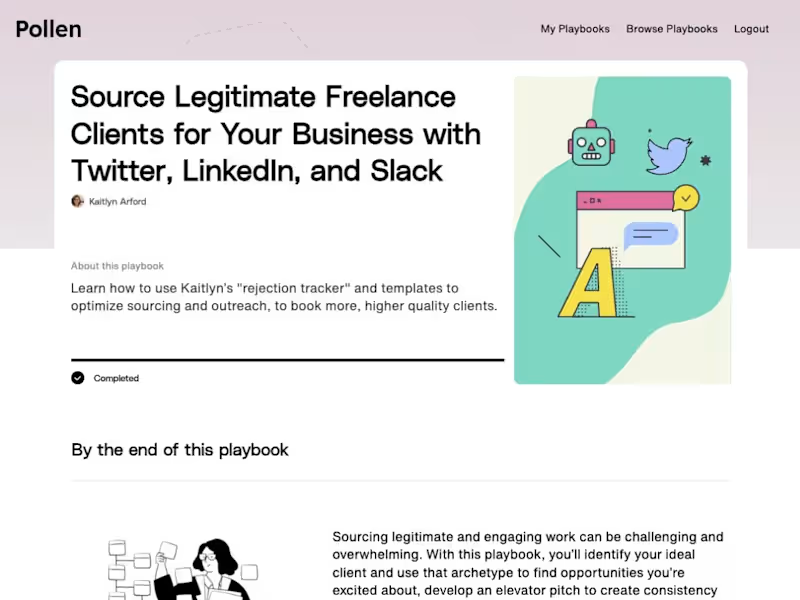

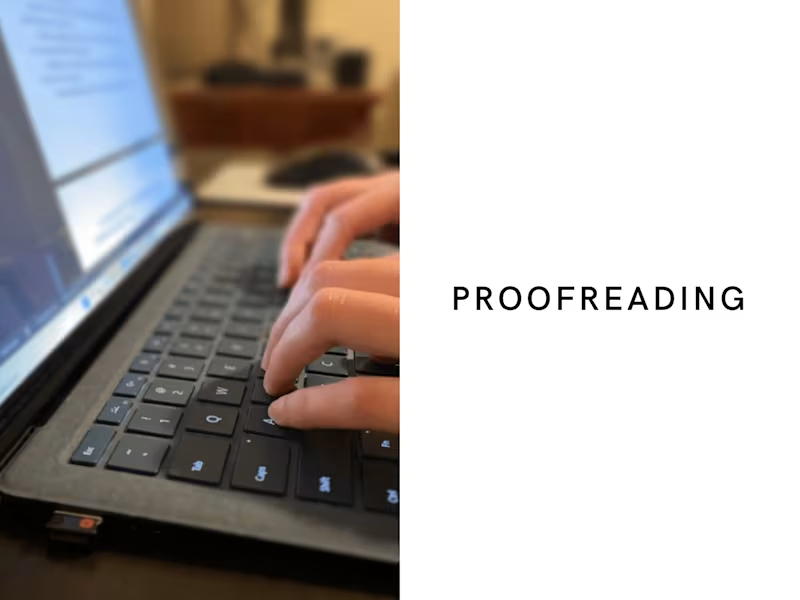
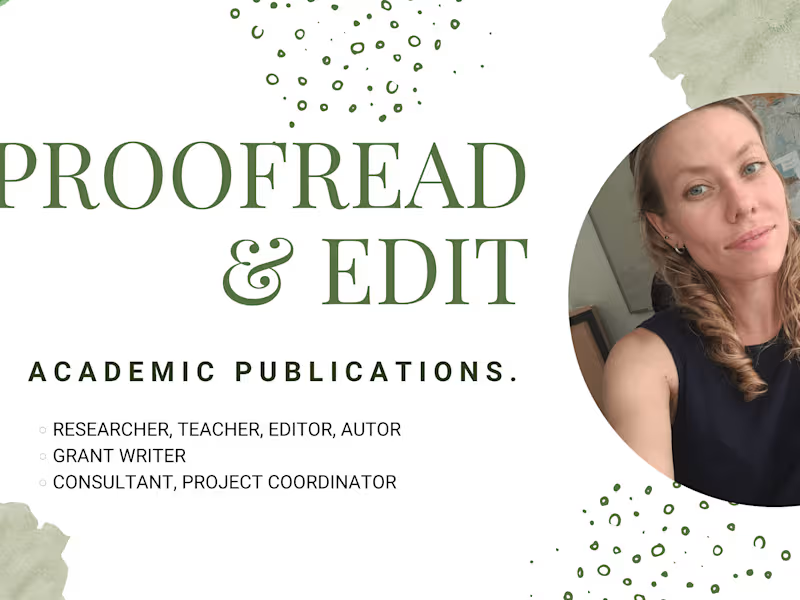

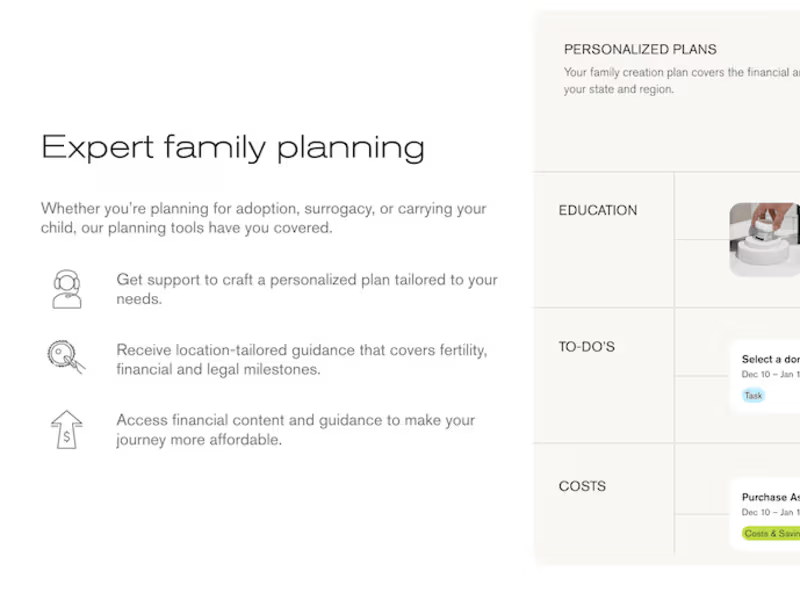
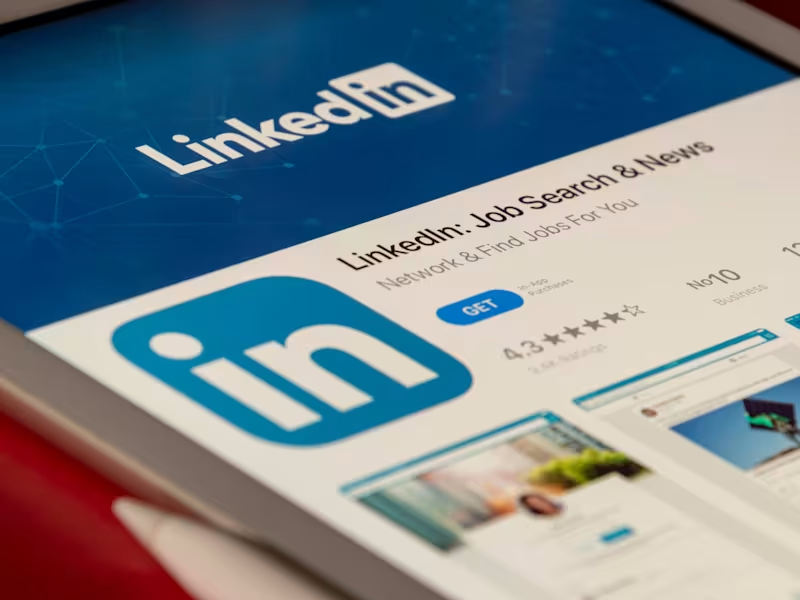




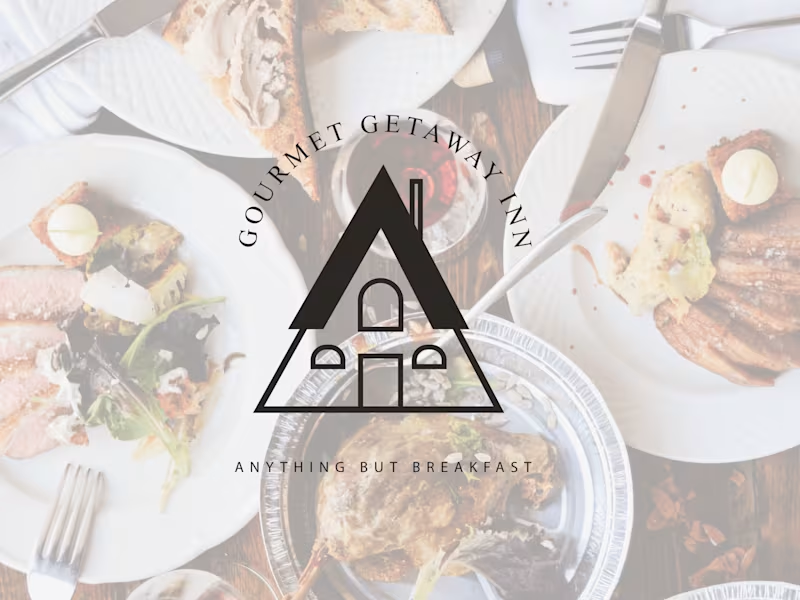



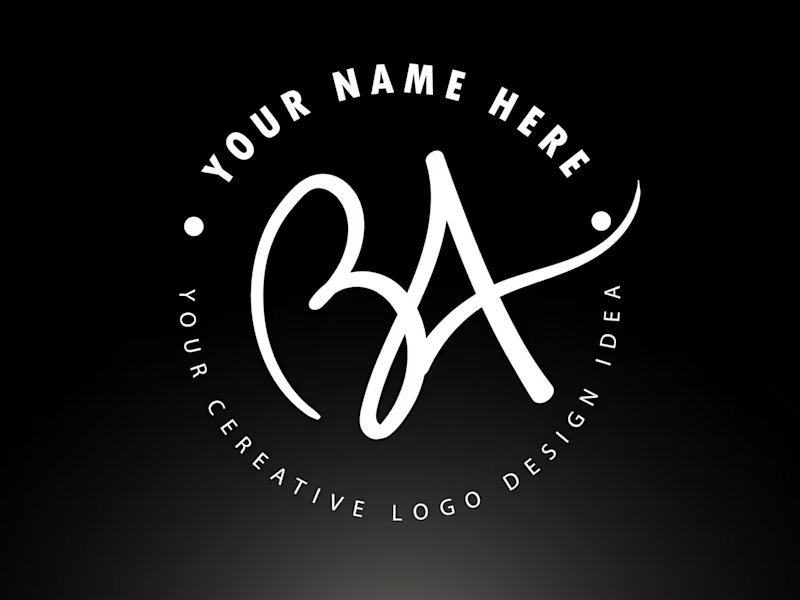
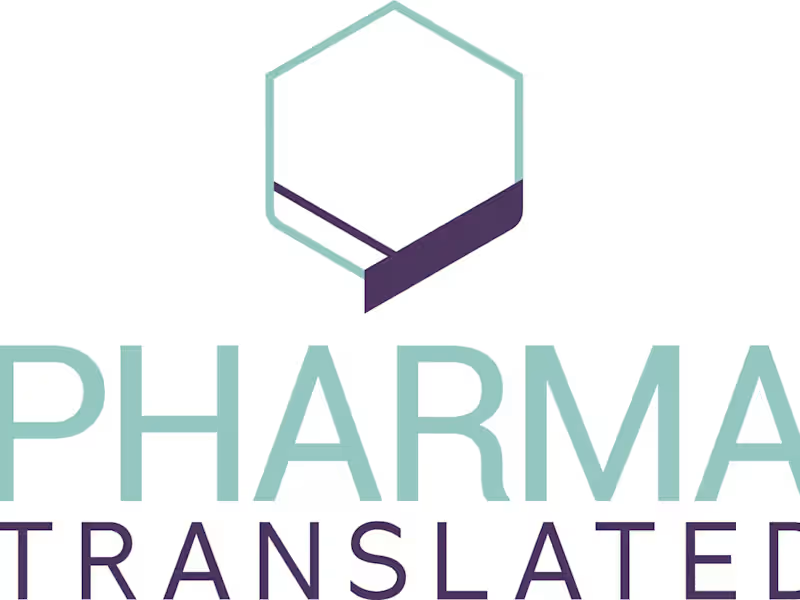




![Cover image for Joel Simon [Artist Statement]](https://media.contra.com/image/upload/w_800,q_auto/hptoovi6nzii2zzcfz8z.avif)

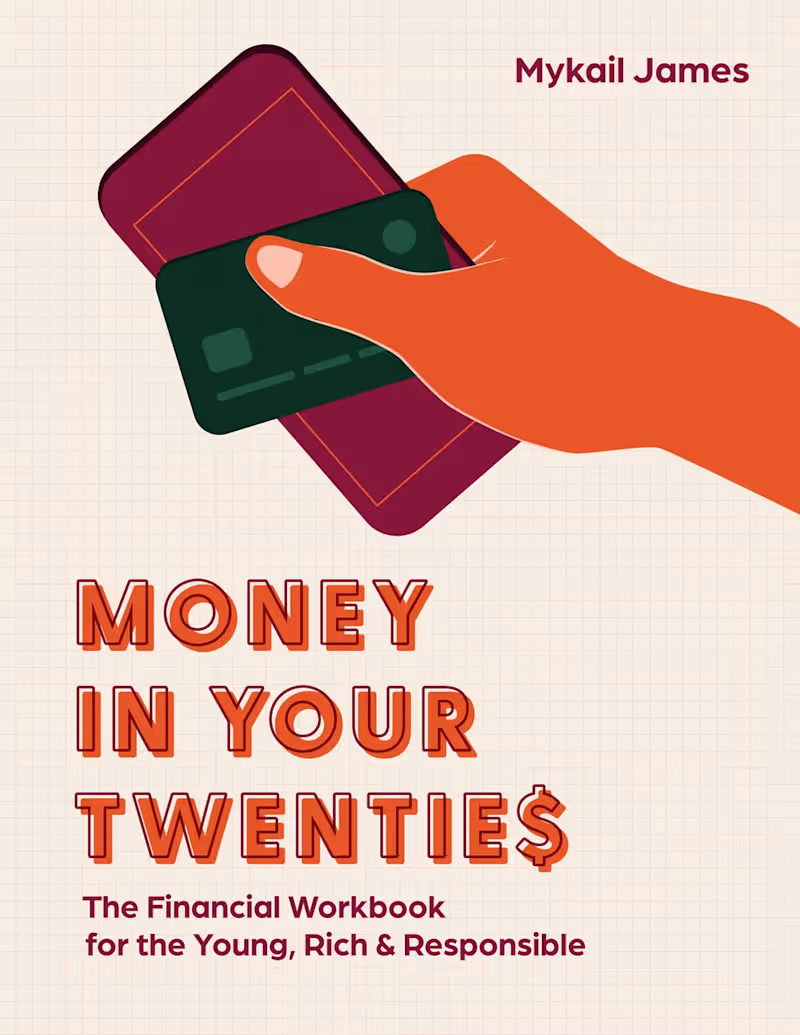



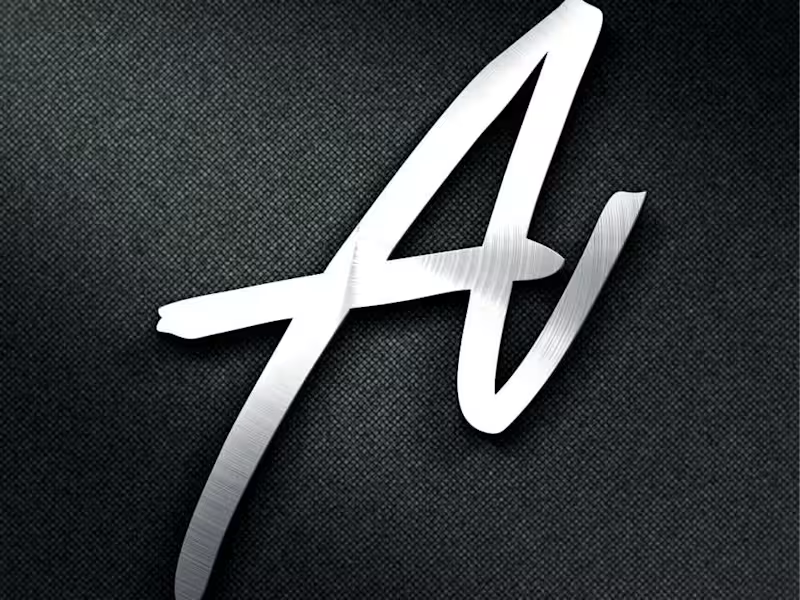

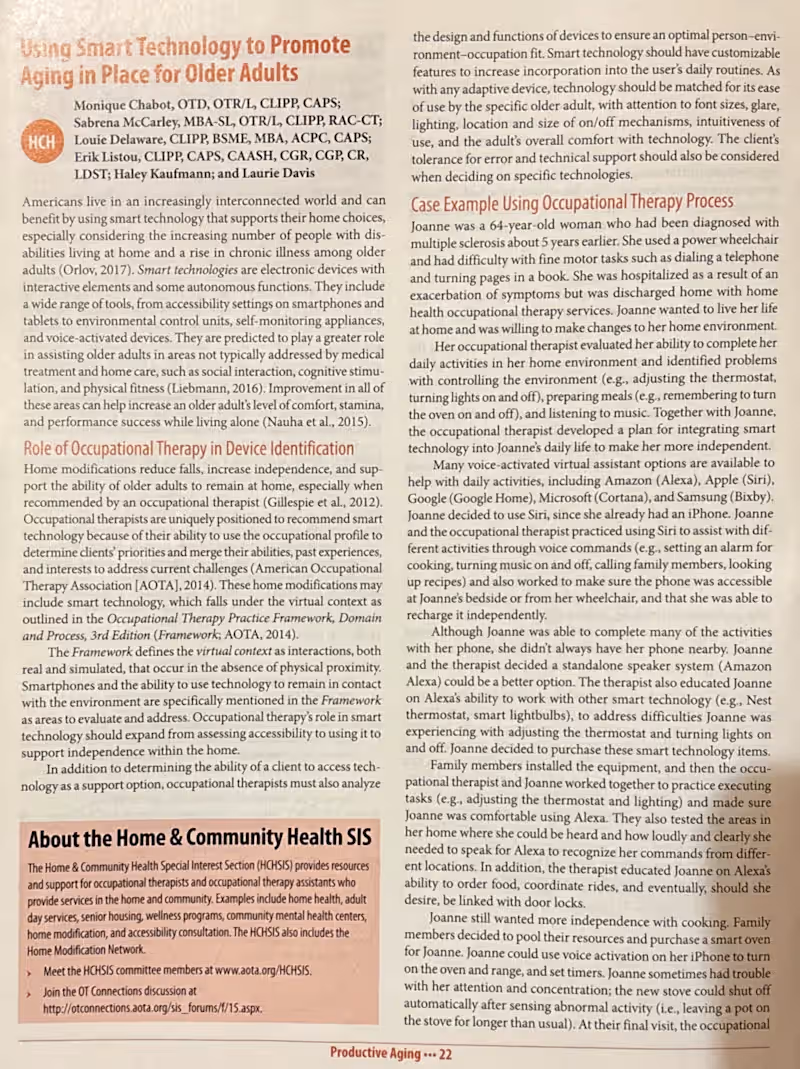

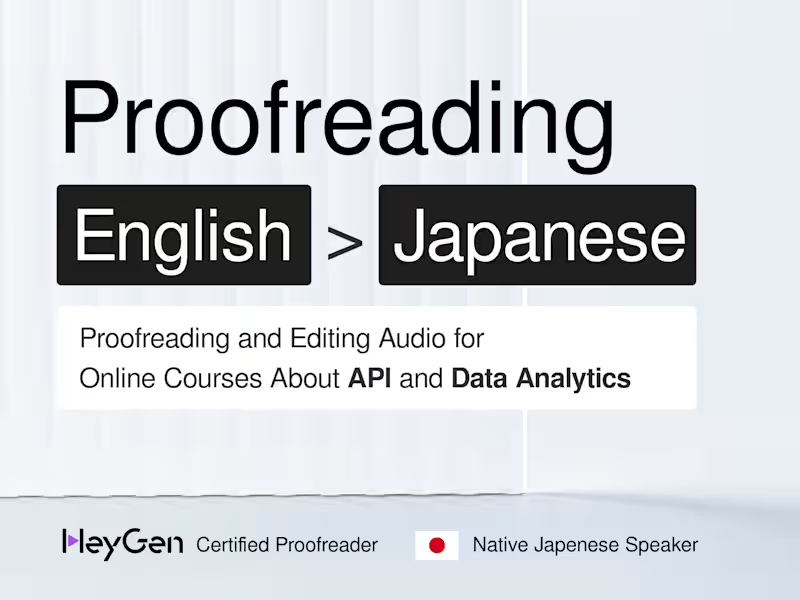
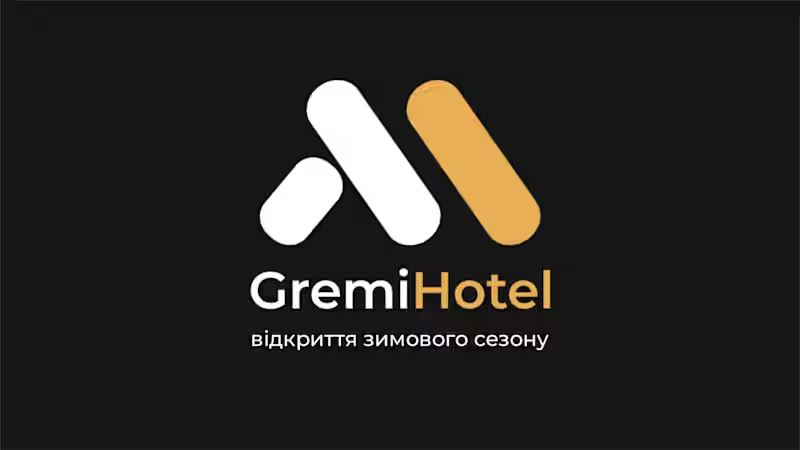
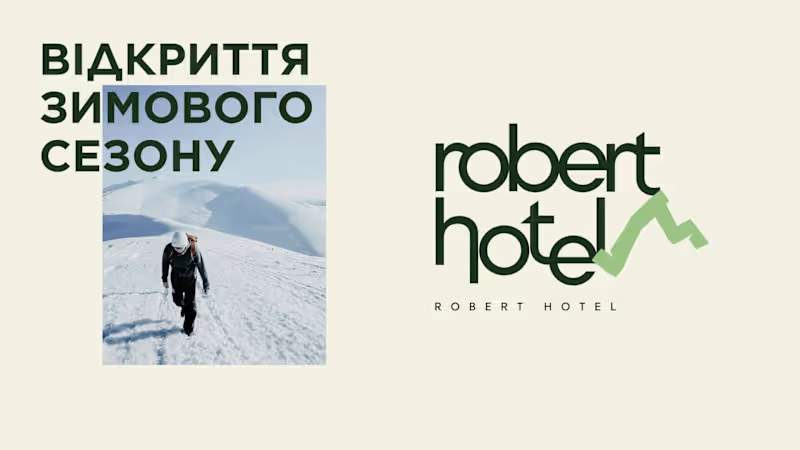





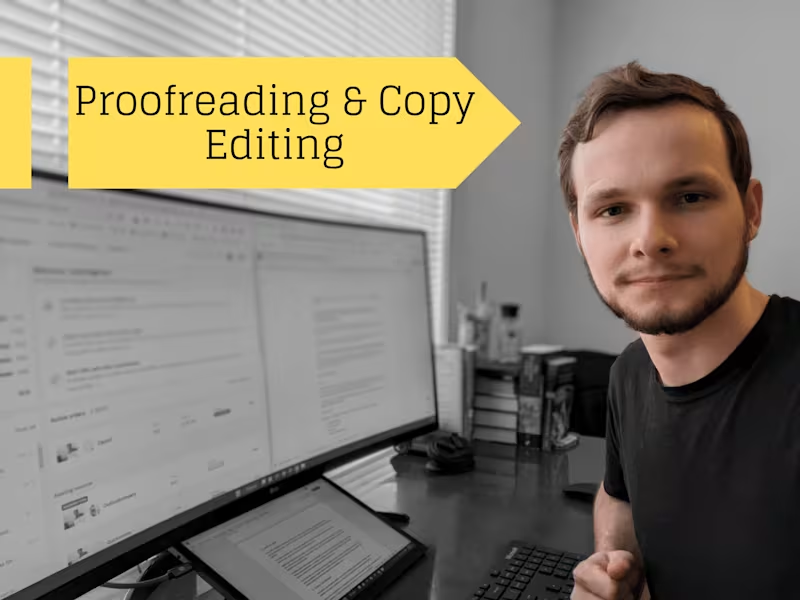
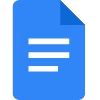
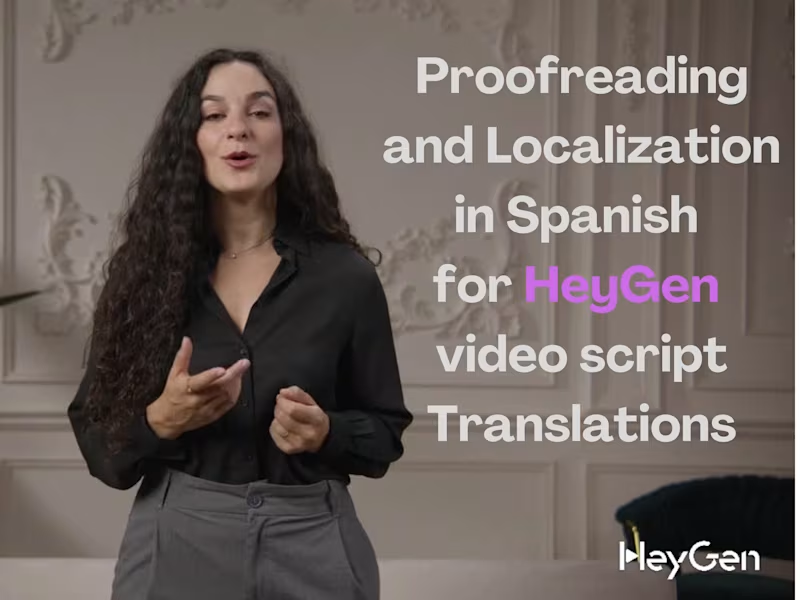




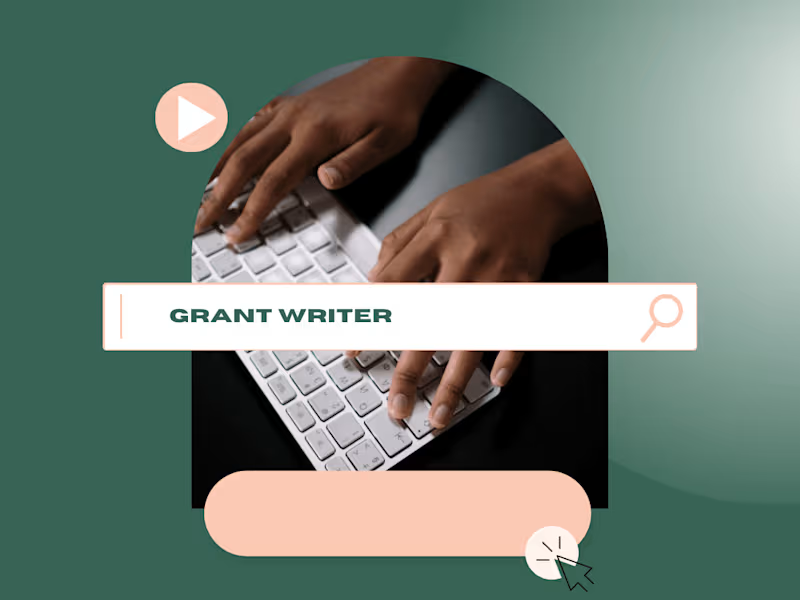


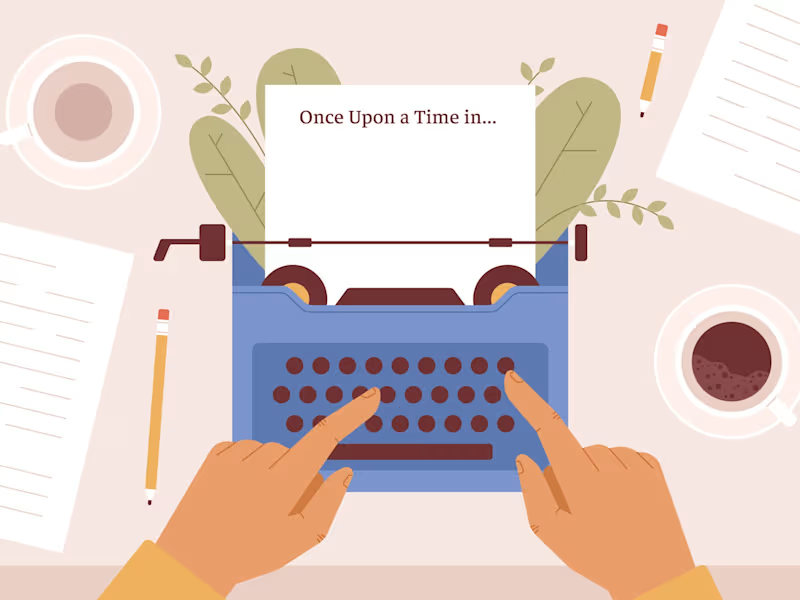




![Cover image for Ira Birch Artistic Projects [Artwork Descriptions]](https://media.contra.com/image/upload/w_800,q_auto/uz4e6mfveef5db4zgzz1.avif)


